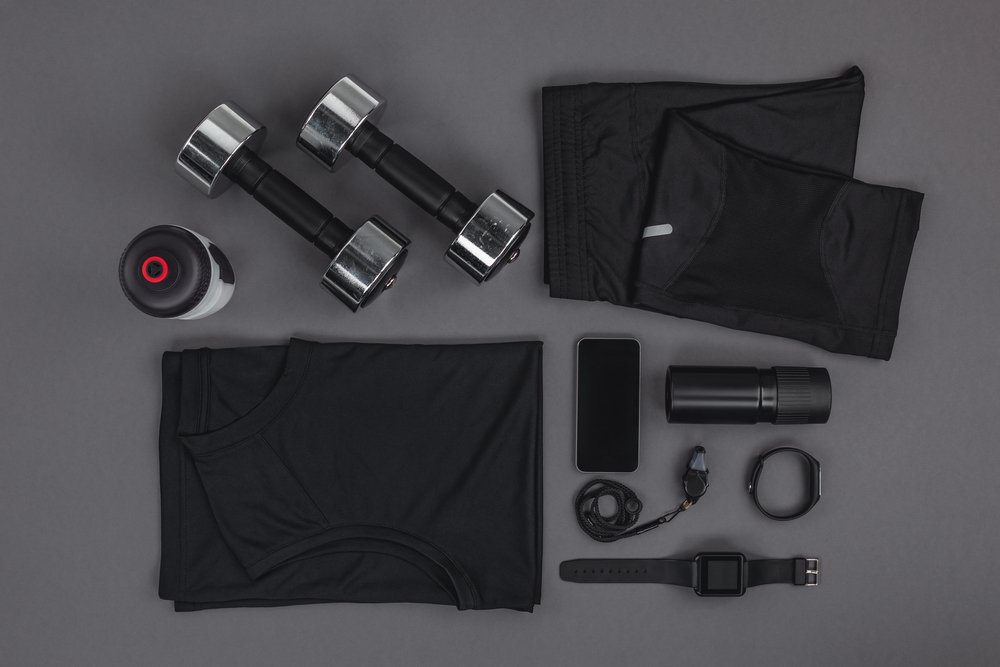
Wearable gadgets are the future, sure. However, even right now, these tiny gadgets show more than time! Fitness trackers can monitor your sleep and measure your blood oxygen levels! They also make training schedules, remind you to drink, and tell you to rest when you’re doing too much!
However, not all trackers are top fitness trackers, and they’re not made equal! This blog post will help you to understand these small gadgets!
Why do we wear a fitness tracker?
Fitness trackers are intended to be worn all day, every day, and can track anything from going up the stairs to running a multi-stage ultramarathon. You may also access and react to emails, messages, and social media postings on some of them. Some sleep trackers keep track of how much time you spend in light, deep, and REM sleep.
Right now, there are a lot of alternatives on the market at different pricing ranges. A lot of them are now geared to particular types of exercise. Everyone will find something to their liking.
How do fitness trackers work?
Most motion sensors use three-axis accelerometers to monitor your movement’s acceleration, frequency, duration, intensity, and patterns. Some wearables employ an optical heart rate monitor, which uses small LEDs to illuminate your capillaries and calculates your pulse based on the changing light refraction.
Fitness trackers can also calculate the distance you run or bike using GPS. GPS trackers may also be utilized for navigation and even maritime operations.
What is the best fitness tracker for me?
If you want the top fitness tracker for your activities, look for these features:
#1. Water Resistance
You’ll want to be sure your fitness tracker is water-resistant if you plan to use it in the pool, shower, or just go for a stroll in the rain. Pool-friendly fitness trackers are water-resistant up to 50 meters, while open-water-friendly fitness trackers are water-resistant up to 100 meters (meaning you can take them in the ocean).
#2. Battery Life
We want to get the most out of our fitness trackers by spending as little time as possible charging them. As a result, keeping a check on the battery life is crucial. On a full charge, most fitness trackers will last 7–10 days (but less than 24 hours if GPS features are activated). However, some might endure up to 30 days or more.
#3. Compatibility with Smartphones
Many high-tech fitness trackers are smartphone-compatible, so you can get text, call, and app alerts right on your wrist. Some will also allow you to listen to music saved on your phone. Others will let you answer calls and messages right from your wrist.
#4. Heart Rate Monitoring
Many fitness trackers include built-in heart rate sensors that will continually measure your heart rate throughout the day. However, some less expensive alternatives omit heart rate sensors. Be sure the fitness tracker you’re considering includes a heart rate sensor to make full use of it.
#5. GPS Built-In
Many top fitness trackers have GPS systems handy for walking, running, and hiking. If you want to use the GPS system on your tracker, be sure it has one. (Again, the vast majority do.)

